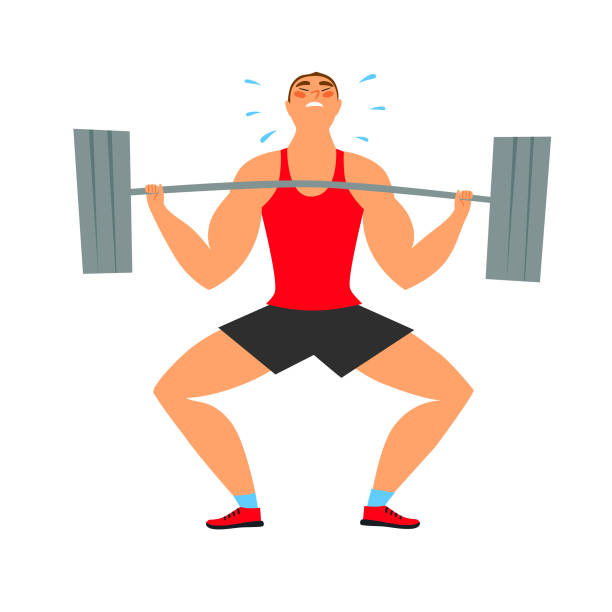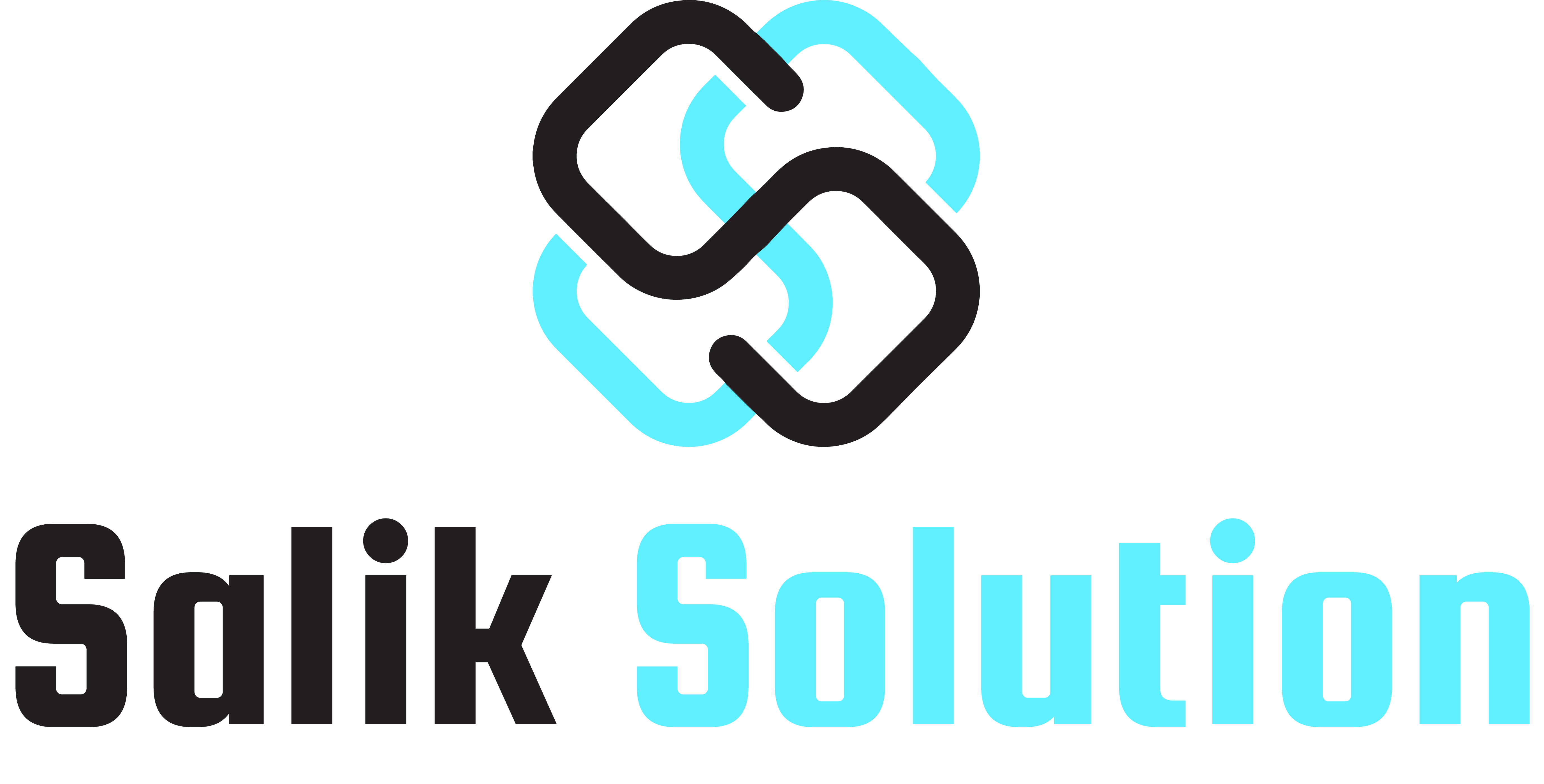You know that feeling when you land on a website and immediately think, “Wow, these people know what they’re doing”? That’s no accident. Top-performing web development company websites don’t just look pretty — they’re built to grab your attention from the very first second. And it all starts with the homepage.
Think of the homepage like a firm handshake. If it’s too weak, people leave. If it’s too aggressive, they back away. But if it’s confident, clear, and welcoming, you’ve got a solid start. In this section, we’ll explore exactly how leading firms hook visitors the moment they land — and how you can steal those tricks for your own site.
The First Line Matters More Than You Think
The headline is the homepage MVP. It’s the first thing your visitors will read, so it has to make an impact. You don’t need a novel — just a bold, benefit-driven statement that instantly says what you do and who it’s for.
If your homepage says, “We build websites,” it’s time for a glow-up. Compare that to something like, “Helping startups build fast, beautiful websites that scale.” One is boring. The other sparks curiosity, targets a specific audience, and hints at a result.
Many successful web development company websites use a two-part hook: a strong headline paired with a subhead that explains what makes them unique. You can almost hear them saying, “Here’s what we do — and here’s why you should care.”
Keep your message simple, but punchy. You’ve only got a few seconds to catch someone’s eye, so skip the fluff and speak directly to the problems your target audience is trying to solve.
2. Eye Candy That Works, Not Just Wows
Design isn’t just about looking good — it’s about making people feel something. The best homepage hooks don’t rely on flashy animations or overloaded effects. Instead, they use clean, smart visuals that support the message.
For example, many modern web development company websites use a hero image or video that shows their process or highlights recent work. This immediately gives visitors a peek into what they can expect if they choose to work with them.
Don’t go wild with graphics. Keep the layout balanced, and make sure the visuals you use are actually helping visitors understand what you do. An image of code might look techy, but an image of a happy client using your product? That tells a story.
Using subtle motion can help draw the eye without overwhelming the visitor. Think smooth fades, scroll-triggered elements, or short intro videos — but only if they don’t slow down the site. (Because nobody sticks around for a homepage that takes forever to load.)
3. Clear Calls to Action That Don’t Confuse
You know what’s more annoying than a confusing homepage? One with no call to action at all. A strong CTA (Call to Action) tells your visitors what to do next — and top firms don’t leave that up to guesswork.
Whether it’s “Book a Free Call,” “See Our Work,” or “Let’s Build Something Cool,” your CTA should be short, direct, and exciting. The goal is to guide visitors deeper into your site, not leave them floating in homepage limbo.
The best web development company websites put their CTA front and center — usually above the fold — and they repeat it smartly throughout the page. That way, no matter where someone scrolls, they always know what the next step is.
Bonus tip: make sure your CTA buttons actually look like buttons. It sounds obvious, but too many sites hide them behind weird designs or subtle colors. If you want clicks, make it clickable!
Click here to learn more about CTA
4. Social Proof for Instant Trust

You wouldn’t book a hotel without reading reviews, right? Well, the same logic applies when someone is picking a web development company. That’s why homepage hooks often include social proof — client logos, testimonials, or stats that build instant trust.
Top firms use phrases like “Trusted by 500+ startups” or “10 years of building award-winning websites” right on the homepage. It’s not bragging — it’s reassurance.
Even a single short testimonial can go a long way. Try something like, “Working with [Your Company] was a game-changer for our online presence.” Pair it with a name, title, and headshot if you can. People love hearing from real humans.
And don’t just bury testimonials at the bottom — mix them throughout the homepage so visitors get little bursts of trust as they scroll.
Navigation That Works: UX Tips from Real Agency Sites
When it comes to great web development company websites, smooth and intuitive navigation is everything. You can have the flashiest homepage and jaw-dropping design, but if visitors can’t figure out where to click next, they’ll bounce faster than a rubber ball on concrete. Let’s be honest — no one likes getting lost in a maze, especially online.
You don’t need a huge menu with fifty dropdowns and a dozen icons. You need smart, user-friendly navigation that helps people explore your site without thinking too hard. Let’s break down some real UX tips taken straight from agency websites that do navigation right — and see how you can apply them to yours.
1. Keep It Simple, Keep It Smart
First rule of website navigation? Don’t make users think. Your main menu should feel like a roadmap, not a riddle. That means sticking to the basics: Home, Services, Portfolio, About, and Contact — maybe a Blog if you’ve got one.
Too many web development company websites get fancy with labels like “Our World” or “Digital Universe” instead of simply saying “About Us.” It may sound cool in a meeting, but it just confuses real visitors. If someone has to guess where your services page is, that’s a problem.
Use clear, common language that anyone can understand. You want users to glide through your site like butter on warm toast — not stop and squint at the menu wondering what “Solutions Matrix” means.
2. Highlight What Matters Most
All pages are not created equal — and your menu should reflect that. The most successful web development company websites prioritize what matters by giving those pages prime real estate.
You can do this by using button-style highlights, adding icons, or even just changing the color. For example, if your main goal is to get leads, make the “Book a Call” link stand out with a bright button right on the top bar.
Don’t bury the good stuff. Put your best work, most important service, or main CTA right where the eye lands first. This is where smart design meets smart business — because good UX leads directly to better conversions.
Pro tip: Sticky headers (menus that stay at the top when you scroll) are super useful when done right. They keep navigation accessible at all times — just don’t let them eat up half the screen on mobile.
3. Make It Mobile-First and Thumb-Friendly
We’re way past the days when desktop ruled the web. These days, a huge chunk of visitors explore web development company websites from their phones — often while multitasking or walking around.
So, your navigation needs to work on small screens just as well as on desktops. That means no tiny links, awkward spacing, or hidden menus that require a scavenger hunt to find.
Use a clean hamburger menu that opens smoothly and is easy to close. Make sure there’s enough space between menu items so people can tap them without accidentally calling your support team by mistake.
Also, test your mobile navigation with real people — or at least your cousin who’s not tech-savvy. If they get lost, you’ve got work to do.
4. Don’t Forget Breadcrumbs and Footers
Breadcrumbs might sound like something from a fairy tale, but in UX, they help users track where they are on your site. You’ll see them on many big web development company websites, especially on blogs or case study pages.
They give people a trail to follow back and reduce confusion when someone lands deep inside your content. It’s a small feature with big usability power.
And while we’re at it — let’s talk footers. Your footer isn’t just for copyright text and your company address. It’s prime space to offer extra navigation help, social links, contact info, or even a mini sitemap.
A well-designed footer acts like a second chance to keep visitors engaged before they leave. It’s also one of the most consistent elements across your entire website, so use it wisely.
5. Search Bars and Site Maps Save Lives (and Users)
If your site is large or content-heavy, a search bar is essential. It lets users go straight to what they want without digging. And a simple, human-readable sitemap page can also help both users and search engines understand your structure better.
You may think only e-commerce or big blogs need these, but even web development company websites benefit from a little extra guidance — especially if they have case studies, service variations, or technical documentation.
Visual Storytelling: Design Tricks That Speak Volumes
You’ve heard the saying “a picture is worth a thousand words,” right? Well, on web development company websites, that picture might also be worth a thousand clicks. Visual storytelling isn’t just about making things look pretty — it’s about using images, color, layout, and motion to guide visitors, tell your brand’s story, and build trust without saying a word.
Let’s break down some fun and clever design tricks real agencies use to communicate visually — and how you can do the same without hiring a Hollywood director.
1. First Impressions Are All About Feel
Before anyone reads your headline or checks your services, they’re already feeling something — thanks to your design. Color choices, font pairings, spacing, and layout all send a message in the blink of an eye.
Want to appear bold and innovative? Try sharp contrasts, modern fonts, and dynamic shapes. Want to feel trustworthy and calm? Softer colors, clean lines, and balanced spacing will do the trick. You don’t even need to say it — your design says it for you.
The top web development company websites use color psychology and consistent branding to control this first impression like pros. It’s not magic, it’s just smart design.
Tip: Your homepage should feel like the personality of your brand. If your brand was a person, how would it dress? That’s the vibe your design should give off.
2. Let Images Do the Heavy Lifting

Why write long paragraphs about what you do when a few images can show it better? Strong visuals can instantly explain your process, showcase your team, or highlight your latest projects without overwhelming visitors with too much text.
This is especially true for portfolio sections. Real screenshots of your work, before-and-after views, or even simple mockups tell potential clients exactly what to expect. And yes — stock photos can work in a pinch, but custom visuals always build more trust.
Many smart web development company websites also include subtle animations to bring these visuals to life. A project image that gently slides in or a testimonial that fades into view — it’s all part of the story.
Just don’t go overboard. The goal is to guide the eye, not make people dizzy.
3. Icons, Infographics, and Other Friendly Tools
Icons are like the emojis of the design world — small, visual clues that help users understand content quickly. They’re perfect for highlighting services, features, or steps in a process. And they make your site look more polished without needing massive illustrations.
Infographics are another gem in your storytelling toolbox. If you’ve got data to show — like stats about past projects or success rates — turn it into something visual. Graphs, pie charts, or even animated number counters catch the eye and are more fun to read than plain bullet points.
Look at high-performing web development company websites and you’ll spot icons everywhere: next to service titles, in pricing tables, even in navigation menus. They help organize content and make it easier to scan.
Plus, who doesn’t love a cute little rocket icon next to “Launch your website”?
4. Use Motion to Create Emotion
A little motion goes a long way. Not just the kind of motion that makes things slide, bounce, or spin — but purposeful, meaningful motion that enhances the story.
For example, a scroll-triggered animation that reveals a client quote at the perfect moment can make it feel more impactful. A simple hover effect on portfolio items can invite clicks without needing a “click here” button.
Top-tier web development company websites use motion to guide attention and make interactions feel more human. It can turn a static design into an experience — one that feels smooth, modern, and intentional.
But please, don’t animate everything. Too much motion is like talking with jazz hands all the time — distracting and a bit much.
5. Typography That Talks Back
Fonts have personalities. Some are bold and loud, others are clean and friendly. Choosing the right typography helps reinforce your visual message and supports your brand voice.
For example, a modern tech company might go with sleek, sans-serif fonts that feel futuristic. A creative agency might use playful lettering that adds character to their copy. Either way, consistent font choices across your headings, body text, and calls to action help tie your design together.
On high-performing web development company websites, you’ll notice typography isn’t just for reading — it’s part of the design. Think giant headlines, stylized quotes, or clever use of whitespace to make a short phrase feel powerful.
Make sure your text is readable on all devices — no one should need a magnifying glass to read your menu.
Content That Converts: Messaging That Wins Clients
Great design might catch the eye, but it’s your content that seals the deal. On web development company websites, your words carry weight — they’re what reassure visitors, show off your expertise, and convince someone to hit that “Contact Us” button.
Let’s be real: nobody comes to a web agency site just to admire your fonts. They come with questions, needs, and goals — and your content should answer all of them clearly, confidently, and maybe even with a little charm.
You don’t need to sound like a robot, and you definitely don’t need to throw in a dictionary’s worth of jargon. What you need is messaging that connects, guides, and — most importantly — converts.
1. Clarity Over Cleverness Every Time
Sure, wordplay is fun — but not if it leaves people scratching their heads. When someone lands on your homepage, they should immediately know who you are, what you do, and how you can help them.
The best web development company websites don’t try to be mysterious. They say, “We build fast, user-friendly websites for businesses like yours” — not “We ignite digital revolutions through modular synergy.”
You want your headline to do the heavy lifting. That means skipping vague phrases like “Digital Brilliance Awaits” and going with something like “Custom Websites That Get Results.” Be honest, be clear, and if you can add a little personality — even better.
Don’t bury your value in buzzwords. If your content needs decoding, you’re losing potential clients before they even scroll.
2. Speak to the Pain Points (and the Dream Outcomes)
Every visitor on your site has a problem they want solved. Maybe their old website is slow, maybe it’s not mobile-friendly, or maybe they’ve just outgrown their DIY design. Your content should speak directly to that pain — and offer your service as the solution.
On smart web development company websites, you’ll find phrases like “Tired of your site taking forever to load?” or “Not showing up on Google?” These are real problems clients relate to, and if you speak their language, they’ll listen.
But don’t stop at the problem — paint the dream outcome, too. Use phrases like, “Imagine a website that works hard while you sleep” or “Turn your traffic into paying customers.” That contrast between where they are now and where they could be is what drives conversions.
You’re not just selling web development. You’re selling peace of mind, better leads, higher trust, and more time for your client to focus on their business.
3. Make Every Page Work for You
Your homepage isn’t the only place to focus your messaging — every single page on your site should have a purpose and a pitch.
Think of each page like a friendly salesperson who says, “Here’s how we can help, here’s why we’re qualified, and here’s what you should do next.” From your About page to your Portfolio to your FAQs, the tone should stay consistent: confident, helpful, and easy to understand.
On high-performing web development company websites, even the contact page gets some love. It might say, “Let’s build something great together” instead of just dumping a form with no context. It feels personal. Inviting. Human.
Always add a clear call-to-action at the end of each page. It could be a “Schedule a Call,” “Request a Quote,” or even “Let’s Chat.” You don’t want visitors to wonder what to do next — you want to guide them there naturally. Learn More about over interface Design here We think you will love it.
4. Let Your Clients Do the Talking (with Case Studies and Testimonials)
Nothing builds trust like proof, and nothing proves your value better than a happy client with a good story. Case studies and testimonials bring your past work to life and show that you walk the talk.
Instead of just saying “We build great sites,” show a real example: “We redesigned a site for XYZ Corp, improving load speed by 45% and increasing conversions by 60%.”
On excellent web development company websites, you’ll find these sprinkled throughout — not hidden in a dusty corner. Bonus points if you include a quote from the client like, “They nailed the project and made the process fun.”
This kind of content is persuasive because it’s relatable. It tells a mini-story where your agency is the helpful hero — and who doesn’t love a happy ending?
5. Keep It Conversational, Not Corporate
You’re not writing a textbook — you’re talking to real humans. So your tone should feel like a friendly, knowledgeable guide, not a boardroom presentation.
That means using contractions, short sentences, and even a little humor where it fits. People don’t want to feel like they’re reading an essay. They want to feel like someone understands their challenges and is here to help.
Even on professional web development company websites, the best content feels approachable. You don’t have to dumb things down — just write like you talk.
If you’re excited about what you offer, your content should sound like it. Passion is contagious, and it’s often what makes a visitor think, “These are the people I want to work with.”






